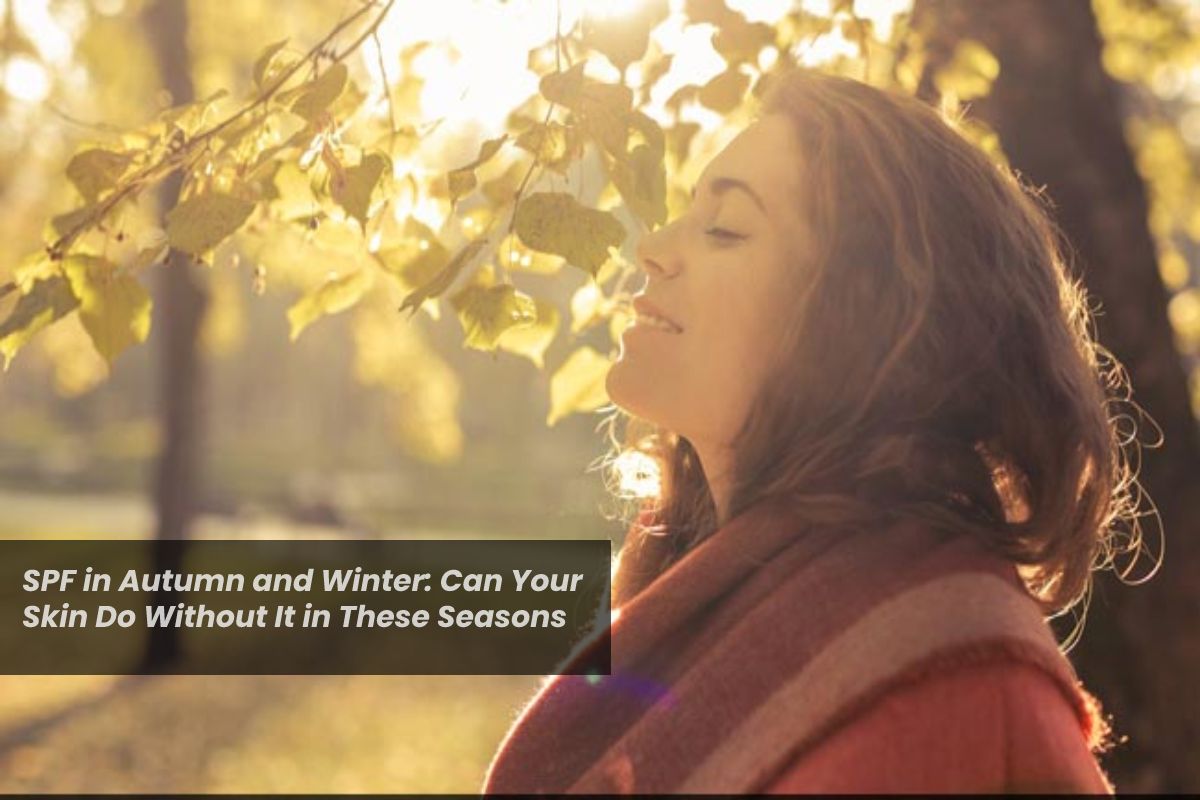SPF in Autumn and Winter – The sun shines in fall and winter just as it does in summer, and it’s just as dangerous for your skin, cosmetics makers tell us. The thick shroud of clouds outside the window doesn’t only make us sit at home and visit Australian online casino instead of going out or traveling but also says that this light is not as harmful. Obviously, there is less sunlight during these seasons and you are unlikely to get sunburn. So is SPF required in autumn and winter and how to choose the right product?
Table of Contents
How Much UV Light We Get in Autumn and Winter
During these seasons, the sky is more often covered with clouds, and although UV light penetrates through them as well, the skin receives a much smaller dose of radiation. Rain clouds are the most effective protection from it – they scatter about 80% of UV radiation.
Other clouds, depending on their number and density, scatter up to 50% of the radiation. They give the same protection as a summer shade. But if there is white snow outside, up to a quarter of the radiation will be reflected from it and return to you.
There is even “snow blindness,” a separate type of corneal burn caused by ultraviolet light reflected from the snow. There is little chance of a burn in the city, but because of the snow, the skin will still receive more radiation.
How UV Light in Autumn and Winter Affects the Skin
There are three types of UVA-, UVB-, and UVC-radiation. In cooler seasons, only UVA is active, but it is the main culprit of skin problems. These rays account for up to 80% of all ultraviolet radiation and penetrate deep into the epidermis. In “overdose,” they cause wrinkles, pigmentation, and freckles.
By the way, UVA is used in tanning beds, so you have to be very careful with artificial sunbathing. You can’t get sunburn like the sun from such rays, especially in winter. Their effect is evident in the long run. Wrinkles, loss of elasticity, flabby, sagging skin, pigment spots – if you don’t use SPF products, your skin will age earlier.
What SPF Is Needed
Can you do without SPF at all? You can, as long as it’s a day when very little ultraviolet rays penetrate the atmosphere. You don’t have to know what kind of clouds are out there to know that. Now almost all smartphones have a pre-installed weather app, which shows not only the temperature, humidity and pressure, but also the UV index. Its value can be found next to the “UV/UV index” inscription. If the value is less than 2, then SPF is not necessary, unless you suffer from skin conditions such as rosacea, hyperpigmentation, undergo a course of hardware procedures or use active ingredients in your home care.
If the UV index is 2, 3 or 4, it means you only need sunscreen if you’re going to be outside for more than half an hour. If the value is 5 or 6, it is recommended to apply products with a basic SPF of 15 or 20. In the winter in the city, the index is unlikely to exceed 6, but if you see a number higher than that, it’s a signal: a cream with a basic SPF is a must.
How to Choose the Right Product With SPF
Make sure that the product has a UVA filter, otherwise it will be practically useless in winter. The number next to the sun protection factor label is not so important in autumn and winter. SPF 10 blocks about 90% of UVA rays, SPF 15 protects from 93%, SPF 20 – from 97%. If your skin is slightly tan and tans evenly, you can use any of these. But very light skin that is close to ivory in tone may need SPF 30.


